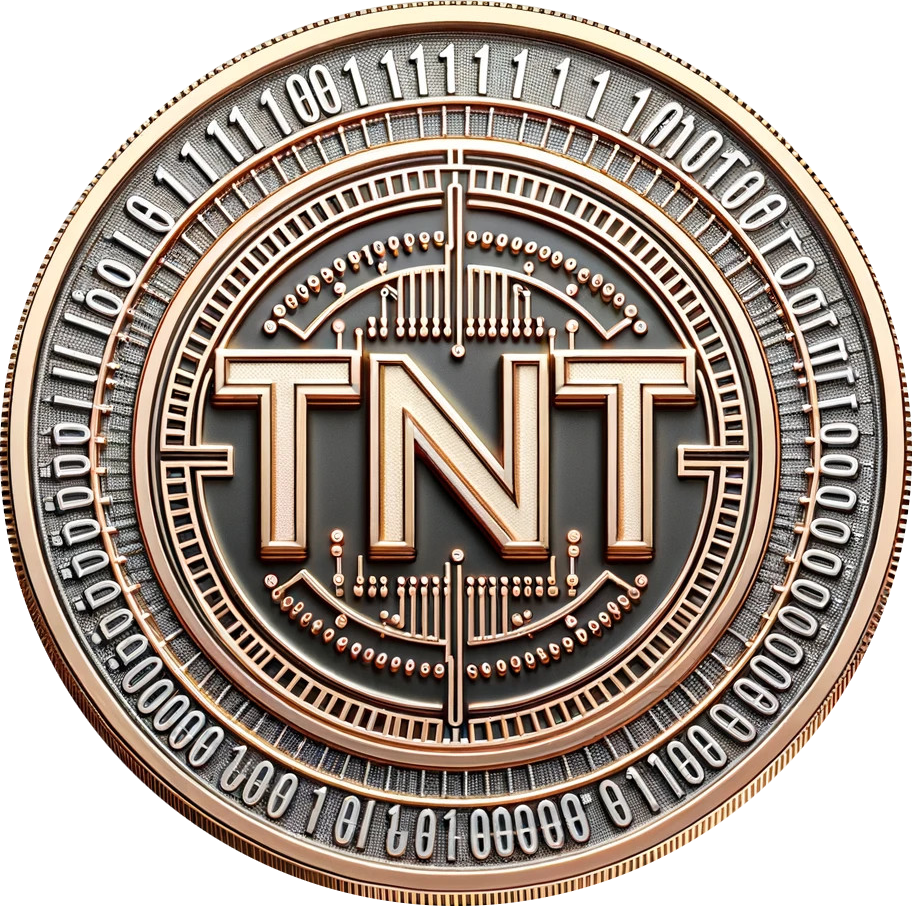Cross-chain liquidity pools are a type of decentralized finance (DeFi) mechanism that allows liquidity to be shared and traded across different blockchain networks. This enables assets from one blockchain to be used in liquidity pools on another blockchain, enhancing liquidity and facilitating seamless trading between different digital assets.
Key Concepts
- Liquidity Pools: Pools of tokens that are locked in a smart contract and used to facilitate trading on decentralized exchanges (DEXs). Liquidity providers (LPs) earn fees for providing liquidity.
- Cross-Chain Interoperability: The ability to interact and transfer assets between different blockchain networks.
- Bridges: Mechanisms that facilitate the transfer of assets between different blockchains, enabling cross-chain transactions.
How Cross-Chain Liquidity Pools Work
- Asset Wrapping:
- Wrap Native Assets: Assets on one blockchain (e.g., Bitcoin) are wrapped into a token that can be used on another blockchain (e.g., Wrapped Bitcoin (WBTC) on Ethereum).
- Mint Wrapped Tokens: The original asset is locked in a smart contract on the original chain, and an equivalent amount of wrapped tokens are minted on the target chain.
- Using a Bridge:
- Transfer Assets: Users transfer assets across chains using a bridge. The bridge locks the original assets and mints wrapped tokens on the target chain.
- Maintain Peg: Wrapped tokens maintain a 1:1 peg with the original assets, ensuring value preservation.
- Providing Liquidity:
- Add Liquidity to Pools: Users can provide liquidity to pools on DEXs by depositing wrapped tokens. For example, providing WBTC and ETH to a WBTC-ETH pool on Ethereum.
- Earn Fees and Rewards: Liquidity providers earn fees from trades that occur in the pool and may also earn additional rewards in the form of the DEX’s native tokens.
- Cross-Chain Swaps:
- Enable Cross-Chain Swaps: Users can swap tokens from one blockchain to another using the liquidity pools. For example, swapping BTC on Bitcoin for ETH on Ethereum.
- Seamless Trading: Cross-chain liquidity pools facilitate seamless trading between different assets and blockchain networks.
- Unwrapping and Redeeming:
- Remove Liquidity: Users can withdraw their assets from the liquidity pools.
- Burn Wrapped Tokens: Wrapped tokens are burned, and the equivalent amount of the original asset is released from the smart contract on the original chain.
- Transfer Back: The original assets are transferred back to the user’s address on the original blockchain.
Example Workflow
Step-by-Step Example: Providing Liquidity with BTC and ETH
- Wrap BTC to WBTC:
- User locks BTC in a Bitcoin blockchain smart contract.
- An equivalent amount of WBTC is minted on Ethereum.
- Using a Cross-Chain Bridge:
- User sends BTC to a cross-chain bridge.
- The bridge locks the BTC and mints an equivalent amount of WBTC on Ethereum.
- Providing Liquidity on Ethereum:
- User deposits WBTC and ETH into a WBTC-ETH liquidity pool on a DEX like Uniswap.
- The user receives liquidity provider (LP) tokens representing their share in the pool.
- Earning Fees and Rewards:
- User earns fees from trades that occur in the WBTC-ETH pool.
- User may also earn additional rewards in the form of the DEX’s native token (e.g., UNI).
- Cross-Chain Swaps:
- Users can swap BTC for ETH using the liquidity in the WBTC-ETH pool.
- The DEX facilitates the swap by utilizing the liquidity provided by the user and others.
- Unwrapping and Redeeming BTC:
- User removes liquidity from the WBTC-ETH pool and receives WBTC and ETH.
- User sends WBTC back to the cross-chain bridge.
- The bridge burns the WBTC and releases the equivalent amount of BTC to the user’s address on the Bitcoin blockchain.
Benefits of Cross-Chain Liquidity Pools
- Increased Liquidity: Cross-chain liquidity pools aggregate liquidity from multiple blockchains, enhancing overall liquidity and trading efficiency.
- Enhanced Trading Opportunities: Users can trade assets from different blockchains seamlessly, providing more trading pairs and opportunities.
- DeFi Integration: Enables deeper integration of DeFi protocols across multiple blockchains, fostering innovation and collaboration.
- Arbitrage Opportunities: Arbitrage traders can exploit price differences across chains, leading to more efficient markets.
Challenges
- Security Risks: Cross-chain bridges and wrapped tokens introduce additional layers of complexity and potential vulnerabilities.
- Liquidity Fragmentation: Liquidity can become fragmented across different chains and pools, reducing efficiency.
- Regulatory Compliance: Cross-chain transactions may face regulatory scrutiny, requiring robust compliance measures.
Conclusion
Cross-chain liquidity pools are a powerful innovation in the DeFi space, enabling seamless trading and liquidity provision across multiple blockchains. By leveraging bridges and wrapped tokens, users can maximize their assets’ utility and participate in a broader range of financial activities, enhancing the overall efficiency and interconnectedness of the blockchain ecosystem.


